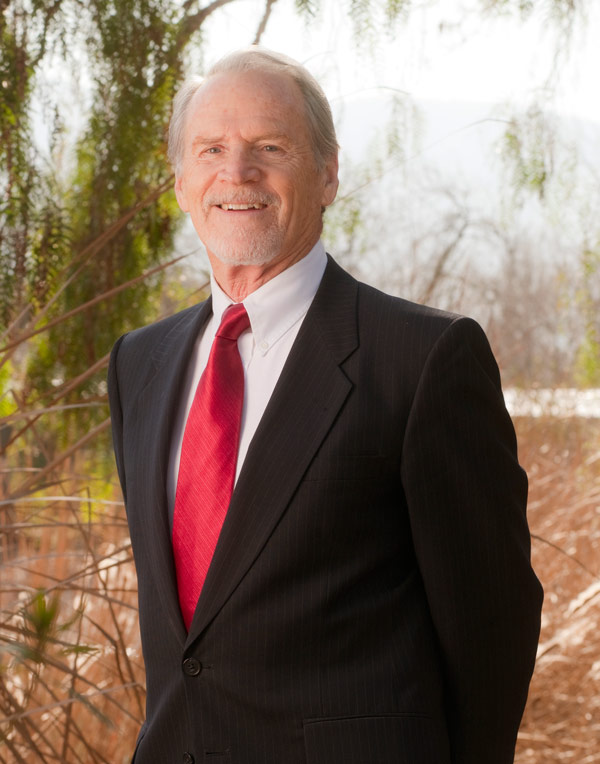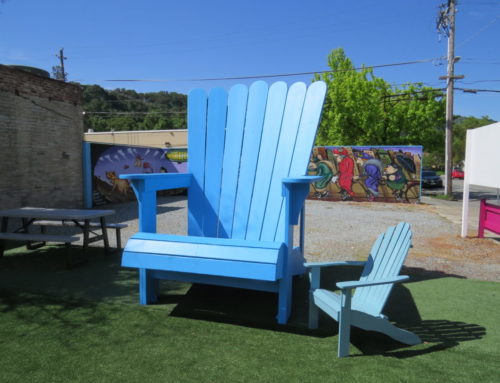Construction scheduled to last three years starting in 2016
Published in the October 30, 2013 issue of Morgan Hill Life
By Dennis Kennedy

Dennis Kennedy
On a sun-drenched October morning, elected officials and other dignitaries gathered at the crest of Anderson Dam to celebrate the signing of the Santa Clara Valley Habitat Plan. The seismic retrofit of Anderson Dam is one project that will benefit from this landmark plan.
The plan, developed by six local government agencies, helps private and public entities plan and conduct projects and activities in ways that lessen impacts on natural resources, including specific threatened and endangered species. Without this plan, the process to obtain permits needed to construct the Anderson Dam retrofit could have delayed the project.
Instead, the water district will pay fees to compensate for any unavoidable environmental impacts of the project. These fees will support a long-term, coordinated program for habitat restoration and conservation throughout Santa Clara Valley.
In 2011, a seismic study of Anderson Dam showed the material at the base of the 63-year-old dam and its foundation would weaken due to liquefaction in a 7.25 magnitude earthquake on the Calaveras Fault about one mile from the dam. Because such a quake could cause the dam to collapse, the water level has been restricted to 25 feet below the spillway until the dam can be retrofitted.
Since then, the water district has worked to initiate the needed retrofit project. Engineers developed and analyzed numerous project options. The recommended project includes the excavation of liquefiable materials, expanded buttresses on both sides of the dam, new outlet structures, a raised spillway and a higher dam crest.
All of this is expected to be constructed in three years, starting in 2016. During construction, the water in the reservoir will be drained to a minimal level.
How, you may ask, can we ensure a plentiful water supply during that time? While Anderson is our largest and most important reservoir, we will use water captured in other nearby reservoirs and water from San Luis Reservoir.
If those years end up being dry years, providing a reliable water supply will be more challenging. If there is not enough imported or local water available, our groundwater supplies could be impacted.
Therefore, water conservation would become increasingly important. We can all help prepare for extended dry spells by ensuring we are using water as efficiently as we can every day. Particularly considering the very dry year that 2013 has been, now is a great time to consider reducing your outdoor and indoor water use.
You may be eligible for our landscape rebate program which provides a cash incentive to encourage residents and businesses to replace high water-using landscapes with water efficient ones. We also offer rebates to upgrade irrigation hardware. Indoors, we offer rebates for high efficiency toilets and washers. These changes can add up to millions of gallons of water savings, which we might need in the future.
We have many other programs to help you save water and money. Find out if you are eligible at (408) 630-2554 or visiting www.valleywater.org.
Dennis Kennedy is the Santa Clara Valley Water District 1 representative. Reach him at (408) 265-2600 or [email protected].






